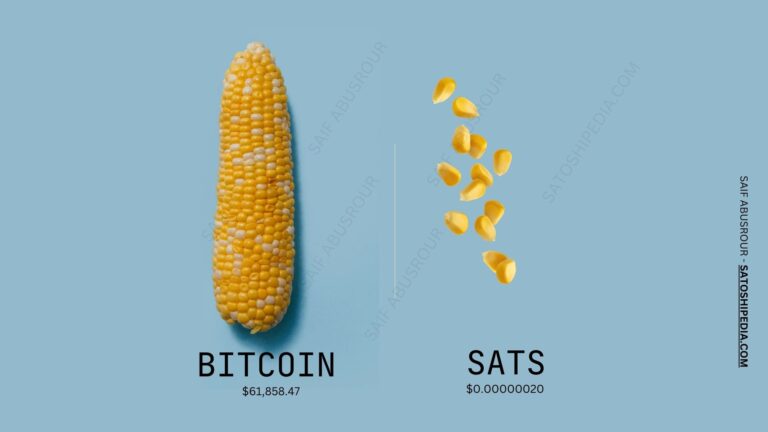Ethereum, one of the world’s most popular blockchains, has been dealing with a major issue: scalability. Essentially, it struggles to process a huge number of transactions quickly, which slows down the network when a lot of users are online. But recent developments are sparking excitement about a solution that could radically change the game: sharding.
What is Sharding and Why Does it Matter?
Sharding is a method of breaking up a blockchain into smaller, more manageable pieces (called “shards”) that can process transactions in parallel, rather than all at once. Imagine having a giant team that’s too slow to handle a big project, and then dividing the team into smaller, faster groups that can work at the same time. This means more work gets done in less time.
In the world of blockchain, sharding could help Ethereum handle millions of transactions per second (TPS), a massive improvement compared to its current capabilities. But it’s not just about speed—this also means lower fees, better user experience, and the ability to scale up to handle global demand.
The Big Announcement: What’s Happening Now?
Ethereum researcher Justin Drake recently teased an “ambitious” proposal that many believe could bring sharding back into the picture for Ethereum. This has stirred up rumors that Ethereum might be gearing up for a major overhaul, possibly leading to what’s being called ETH 3.0.
Drake hinted that he has an idea to completely redesign the Ethereum consensus layer. This redesign would tackle Ethereum’s biggest issue: scalability. Drake is expected to present his full plan at Devcon (a big Ethereum conference) in November 2024, which only adds to the anticipation.
The Role of Zero-Knowledge Proofs (zkEVM)
In interviews, Joe Lubin, CEO of ConsenSys (a major company involved in Ethereum), said Drake’s proposal could involve the use of a zkEVM—a “zero-knowledge Ethereum Virtual Machine.” This would allow Ethereum to run multiple shards, with each one executing transactions independently but still staying connected to the larger Ethereum network.
The idea of zkEVM is exciting because it could reduce the computational burden on Ethereum nodes, meaning more transactions can happen at once without overwhelming the system. If successful, this could lead to Ethereum handling millions of transactions per second.
What Does This Mean for Ethereum and Its Users?
The scalability of Ethereum has been a major concern. Right now, Ethereum can handle around 30 transactions per second, which sounds a lot, but it’s far from enough when you consider the growing use of decentralized finance (DeFi), NFTs, and other blockchain applications.
If sharding and zkEVM can deliver, Ethereum could handle millions of TPS. This would mean faster transactions, lower fees, and a much smoother experience for anyone using Ethereum, whether for trading, gaming, or investing.
But there’s a catch—Lubin cautioned that achieving this level of scalability could take years. So, while the possibility is exciting, it’s not something that will happen overnight.
Why Is This Important for You?
As someone interested in understanding the future of Ethereum and blockchain, this development is huge. If Ethereum successfully scales to handle millions of transactions, it could open up new opportunities for developers, investors, and traders like you.
Learning about sharding and zkEVM now means you’ll be ahead of the curve when these changes come to life. You’ll understand the technical innovations driving Ethereum’s evolution and how they could impact the entire crypto ecosystem.
Plus, Ethereum is more than just a cryptocurrency; it’s the foundation for countless smart contracts, dapps (decentralized applications), and other innovations. Being informed about these breakthroughs will help you stay on top of the market, especially if you’re thinking about future investments or building your own crypto projects.
Key Terms to Remember:
- Scalability: The ability of a blockchain to handle more transactions efficiently.
- Sharding: Dividing a blockchain into smaller parts (shards) to improve speed and scalability.
- zkEVM (Zero-Knowledge Ethereum Virtual Machine): A technology that helps Ethereum process transactions more efficiently by using zero-knowledge proofs.
- TPS (Transactions Per Second): A measure of how many transactions a blockchain can process in one second.
- ETH 3.0: The rumored next version of Ethereum, potentially involving major upgrades like sharding.
In short, ETH 3.0 could be the key to unlocking a faster, more scalable Ethereum. It might take time to see these changes, but getting familiar with this now puts you ahead of the game in the rapidly evolving world of cryptocurrency and blockchain technology.



